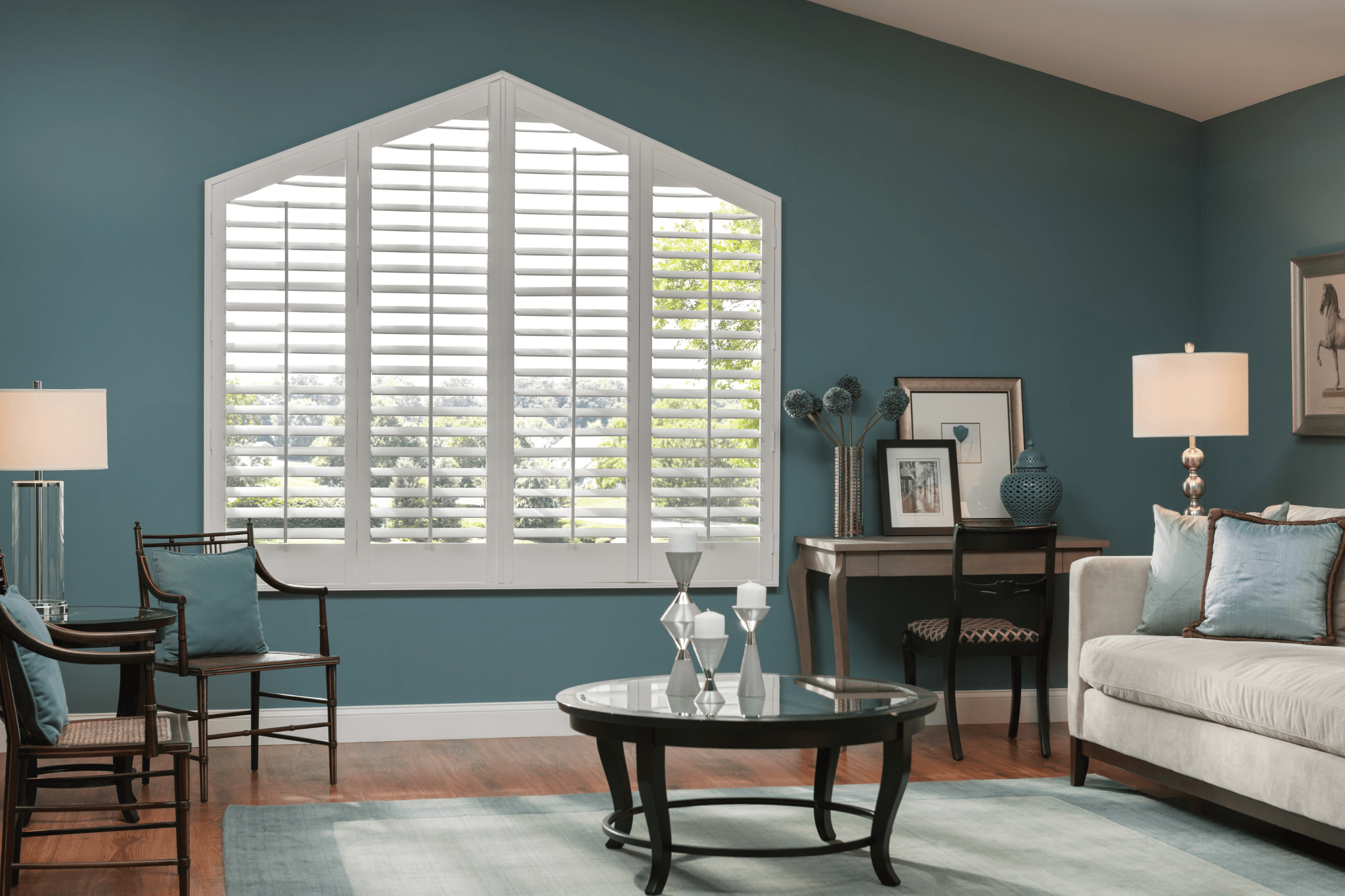Fall Shutter Care: Tips for Durability and Efficiency

As fall arrives and the air becomes crisp, it’s the perfect time to give your interior shutters some well-deserved attention. While interior shutters may not face the same exposure to harsh outdoor elements, proper seasonal care is still essential. Routine maintenance will ensure that they remain functional, visually appealing, and contribute to your home’s energy efficiency as colder months approach.
Why Fall Shutter Maintenance is Important
Even though interior shutters are protected from direct exposure to weather, they still require seasonal upkeep. Dust, humidity, and normal wear can affect both their appearance and functionality. By maintaining your shutters in the fall, you prepare them for the changing indoor environment, such as increased heating or reduced ventilation. This helps prevent issues like warping or sticking and ensures that your shutters continue to improve your home’s insulation, potentially lowering your heating costs.
Preparation: Tools and Materials
Before starting your fall maintenance, it’s important to gather the right tools. Interior shutters often have intricate details that require gentle cleaning and care. Here’s what you’ll need:
- Mild Detergent: Gentle enough to clean without harming finishes.
- Damp Cloth: For removing dust and light dirt.
- Microfiber Cloth: Excellent for a streak-free shine, especially for wood and vinyl finishes.
- Household Lubricants: Use on hinges to ensure smooth movement.
- Furniture Polish: For wooden shutters, to refresh the finish and protect against dryness.
- Soft Brush or Paintbrush: For cleaning small crevices and hard-to-reach areas.
Cleaning Your Shutters
Routine cleaning is key to preserving the look and functionality of your interior shutters. Since shutters can accumulate dust and dirt, fall is an ideal time for a deep clean. Begin by dusting the shutters with a dry cloth or soft brush to remove any loose particles. Then, use a solution of mild detergent mixed with water to gently clean each slat. This is especially useful if shutters are located in high-traffic areas, such as kitchens or living rooms, where grime tends to build up.
For wooden shutters, applying a light layer of furniture polish can help protect the wood from drying out, particularly if the indoor air becomes drier with heating during the colder months. Vinyl or composite shutters can be wiped down with a damp cloth and dried immediately to prevent streaks.
Cleaning Tips by Material:
- Wood: Polish with a microfiber cloth and clean crevices with a soft brush or toothbrush.
- Vinyl or Composite: Use a non-abrasive cleaner to avoid scratching the surface.
- Faux Wood: Clean with a damp cloth and finish with a microfiber wipe to maintain their shine.
Inspecting Your Shutters for Wear and Tear
Fall is the ideal time to inspect your shutters for any signs of damage or wear. Look for issues such as sticking slats, loose hinges, or cracks in the paint or finish. Regular inspections help identify potential problems early, so you can address them before they worsen. Properly functioning shutters will close snugly, and slats should move smoothly without resistance.
What to Look For:
- Warping or Sticking: Changes in indoor humidity can cause wooden shutters to warp slightly. Make sure the slats open and close without resistance.
- Hinges and Hardware: Check that screws are tight and that hinges are free of rust or debris that could affect movement.
- Paint/Finish: Look for cracks or areas where the finish may be wearing off, especially on wooden shutters.
Protecting Your Shutters from Indoor Humidity
Although interior shutters are not exposed to rain or snow, they can still be affected by indoor humidity changes. As temperatures drop, and heating systems are used more frequently, the indoor air tends to dry out, which can affect wooden shutters by causing them to dry, crack, or warp. To prevent this, use a humidifier to maintain balanced moisture levels in your home, especially if your shutters are made of natural wood. For added protection, you can also apply a protective polish or wax to wooden shutters to seal in moisture and protect the finish.
Ensuring Smooth Operation and Lubrication
To keep your shutters operating smoothly, check that they open and close without squeaking or sticking. A small amount of household or silicone lubricant on the hinges and moving parts can prevent rust and ensure smooth movement. Be cautious not to apply too much lubricant, as excess can attract dust.
Simple Upgrades for Durability and Efficiency
If you notice that your shutters are becoming difficult to operate or if the hardware seems worn, consider upgrading the hardware. Replacing old or damaged hinges with modern, more durable options can extend the life of your shutters and improve their functionality. Additionally, upgrading to insulated shutters can improve your home’s energy efficiency by better regulating indoor temperatures.
Conclusion
With regular cleaning, inspection, and little care, your shutters will remain beautiful and functional for years to come. By maintaining them, you enhance both the aesthetics and energy efficiency of your home, while avoiding costly repairs or replacements.
For expert advice or more information on interior shutter maintenance, visit Bumblebee Blinds or call (866) 417-1981 to schedule a consultation with them today.